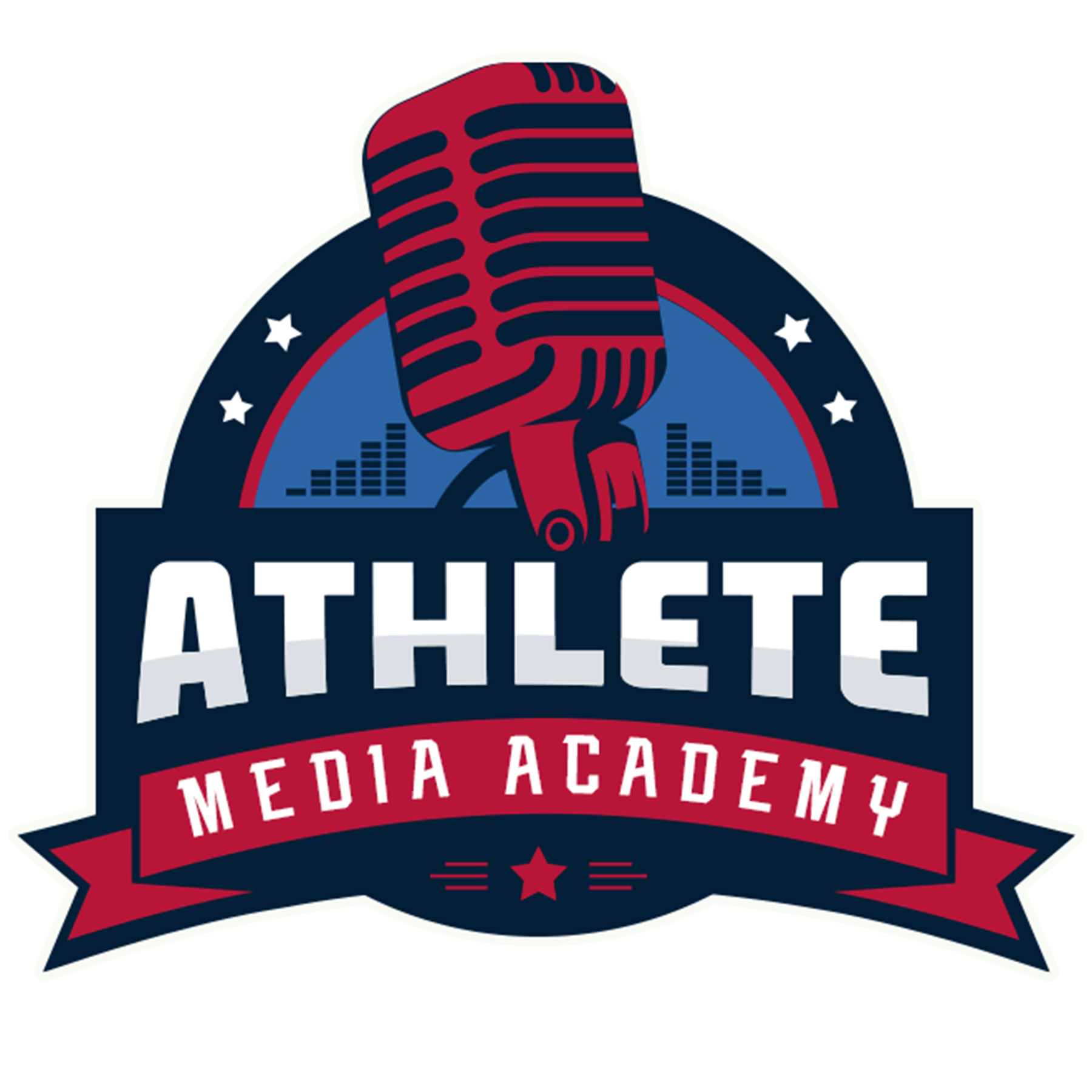Lesson 3: Responding to Tough Media Questions
Lesson Overview
Handling tough media questions is an essential skill for athletes facing press conferences, interviews, and unexpected media scrutiny. A poorly managed response can escalate controversy, while a well-structured answer can help control the narrative. This lesson will focus on strategies to remain composed, stay on message, and navigate challenging questions effectively.
Learning Objectives
By the end of this lesson, athletes will be able to:
✅ Recognize common types of tough media questions.
✅ Implement key techniques for staying composed and in control.
✅ Utilize the “Bridging Technique” to steer conversations toward key messages.
✅ Practice responding to challenging questions with confidence and professionalism.
Section 1: Types of Tough Media Questions
Journalists may ask difficult questions for various reasons, from seeking accountability to creating controversy. Understanding the types of questions helps athletes prepare strategic responses.
✔️ Loaded Questions: Designed to push an agenda or provoke a reaction. Example: “Are you responsible for the team’s loss?”
✔️ Speculative Questions: Hypothetical or forward-looking inquiries meant to trap the interviewee. Example: “If your contract isn’t renewed, will you leave the team?”
✔️ Repetitive Questions: When a journalist rewords a question to get a different response. Example: “Can you explain what went wrong?” (after already answering).
✔️ Provocative Questions: Attempts to elicit an emotional response. Example: “How do you feel about fans calling you a failure?”
✔️ Yes/No Questions: Meant to corner athletes into a limiting answer. Example: “Did you choke under pressure?”
🔹 Discussion: Can you think of a time when an athlete handled a tough question poorly? What could they have done differently?
Section 2: Techniques for Staying Composed
✔️ Pause & Breathe: Take a moment before responding to gather thoughts.
✔️ Maintain Positive Body Language: Stay relaxed, make eye contact, and use open gestures.
✔️ Avoid Defensive Language: Respond calmly and stay professional even when provoked.
✔️ Stay Focused on Your Message: Don’t get sidetracked by speculation or negativity.
✔️ Use a Neutral Tone: Avoid emotional reactions and keep responses measured.
🔹 Activity: Watch interview clips and evaluate how athletes handle tough questions. Identify strengths and areas for improvement.
Section 3: The Bridging Technique
The “Bridging Technique” allows athletes to steer a difficult question toward their key message.
✔️ Acknowledge the Question: Briefly respond without dwelling on it.
✔️ Transition to Key Message: Use a phrase like:
- “What’s important to focus on is…”
- “Let me clarify what really happened…”
- “One thing I want to emphasize is…”
✔️ Deliver Your Message: Reinforce your perspective in a clear, confident manner.
✔️ Redirect if Necessary: If a journalist persists, calmly restate your key message.
🔹 Exercise: Athletes practice redirecting tough questions using the bridging technique.
Final Takeaways & Next Steps
✔️ Final Activity: Athletes engage in mock interviews with simulated tough questions.
✔️ Key Takeaway: Athletes who stay composed and use strategic responses can control their narrative and maintain professionalism under media scrutiny.
✅ Next Steps:
- Develop a personal list of bridging statements.
- Practice responding to tough questions with a coach or mentor.
- Observe professional athletes handling media pressure and analyze their techniques.

